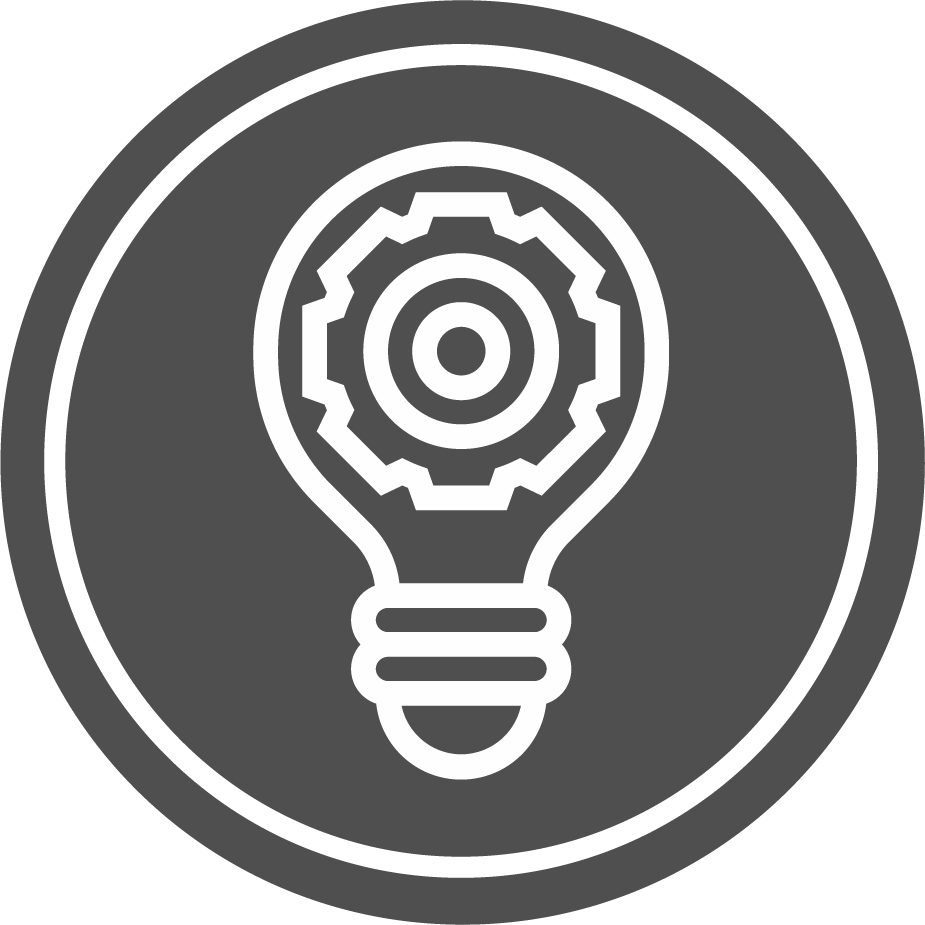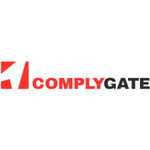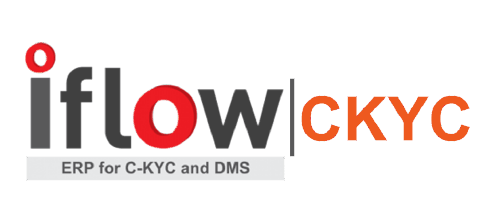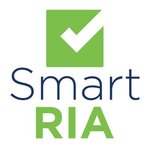Description

Smart Compliance

ACA Compliance Solution
Comprehensive Overview: Smart Compliance vs ACA Compliance Solution
Smart Compliance and ACA Compliance Solution serve as tools designed to help businesses and organizations adhere to various regulatory and compliance requirements, particularly in relation to the Affordable Care Act (ACA) in the United States. Here is a detailed overview of their primary functions, target markets, market position, and differentiating factors:
a) Primary Functions and Target Markets
Primary Functions:
-
Smart Compliance:
- Risk Management: Provides a platform for managing compliance risks by ensuring that business practices align with relevant laws and regulations.
- Data Management: Utilizes technology for tracking, managing, and reporting compliance data.
- Automation: Automates compliance processes to reduce manual labor and minimize human errors.
- Monitoring and Reporting: Offers real-time monitoring and comprehensive reporting tools to ensure ongoing compliance.
-
ACA Compliance Solution:
- ACA Reporting: Specializes in ACA-related compliance, helping organizations meet reporting requirements under the ACA.
- Form Preparation: Assists in preparing and filing forms 1094-C and 1095-C.
- Data Aggregation: Collects and consolidates employee data from various sources to ensure accurate reporting.
- Penalty Risk Management: Identifies potential areas of non-compliance to mitigate penalty risks.
Target Markets:
-
Smart Compliance:
- Broad range: Services industries such as healthcare, finance, and manufacturing that require adherence to multiple compliance standards.
- Large enterprises to small and medium-sized businesses (SMBs) seeking comprehensive compliance management.
-
ACA Compliance Solution:
- Primarily targets organizations in the U.S. with 50 or more full-time employees that are subject to ACA reporting requirements.
- Industries with considerable contingent or fluctuating workforces, such as retail and hospitality, benefit from specialized ACA reporting tools.
b) Market Share and User Base
- Smart Compliance:
- Typically, Smart Compliance solutions capture a broader segment of the market due to their applicability to various compliance standards beyond ACA.
- User base includes companies from multiple industries, thus having a larger and more diversified customer portfolio.
- ACA Compliance Solution:
- Predominantly focused in the U.S., given the specificity to ACA, thus having a more niche market share compared to broader compliance solutions.
- While its user base is more concentrated, it includes various sectors affected by healthcare reporting requirements.
Comparatively, broader compliance platforms usually have greater market penetration, whereas ACA-specific solutions are prevalent among industries heavily affected by ACA mandates.
c) Key Differentiating Factors
-
Scope of Compliance:
- Smart Compliance: Offers a wider scope addressing multiple compliance needs (e.g., HIPAA, PCI-DSS, GDPR, etc.).
- ACA Compliance Solution: Dedicated specifically to ACA compliance, providing expertise and resources tailored to this area.
-
Specialization:
- Smart Compliance: Known for a generalized approach to compliance, suitable for businesses seeking a centralized system for various compliance needs.
- ACA Compliance Solution: Offers specialized knowledge and support on ACA issues, often providing insights and updates specifically on healthcare legislation.
-
Flexibility and Scalability:
- Smart Compliance: Generally more flexible for various compliance tasks and scalable for growing companies with evolving compliance demands.
- ACA Compliance Solution: Enhanced for handling complex payroll and employee data specifically related to ACA, but potentially less adaptable for non-ACA compliance tasks.
-
User Experience:
- Smart Compliance: Typically offers integrated dashboards and enhanced analytics that are user-friendly across different compliance areas.
- ACA Compliance Solution: Precision and usability focused on ACA requirements, with tools that cater to specific reporting and data management needs.
These differences make Smart Compliance ideal for organizations needing a versatile compliance management tool, while ACA Compliance Solution is preferred by those who need specialized support with ACA obligations.
Contact Info

Year founded :
2023
+44 333 305 4436
Not Available
United Kingdom
http://www.linkedin.com/company/smartcompliance-lifetimelegal

Year founded :
Not Available
Not Available
Not Available
Not Available
Not Available
Feature Similarity Breakdown: Smart Compliance, ACA Compliance Solution
When comparing Smart Compliance and ACA Compliance Solution, you can identify some similarities and differences in their features, user interfaces, and unique offerings. Below is a feature similarity breakdown:
a) Core Features in Common
-
Regulatory Compliance Management: Both solutions focus on ensuring compliance with the Affordable Care Act (ACA) and other related regulations, assisting organizations in maintaining legal compliance.
-
Reporting and Documentation: Each product provides tools for generating and managing reports necessary for ACA compliance, such as 1094 and 1095 forms.
-
Data Integration: Both offer capabilities to integrate with existing HR and payroll systems to gather required data for compliance reporting.
-
Tracking and Alerts: They include features for tracking employee eligibility, employment status, and offer notifications or alerts for important compliance deadlines.
-
Support and Guidance: Both solutions typically offer some level of support and educational resources, such as FAQs or access to compliance experts, to help users navigate complex regulations.
b) User Interface Comparison
While I don't have direct access to specific designs, generally:
-
Smart Compliance: This product often emphasizes a user-friendly and intuitive interface, leveraging dashboards and analytics to provide a quick overview of compliance status. It might use visually appealing graphics and organize information to provide easy navigation.
-
ACA Compliance Solution: The focus might be more on functionality, with an interface designed to cater to detailed compliance management tasks. It could involve more detailed menus and options for users who need to manage complex compliance issues.
c) Unique Features
Smart Compliance
-
Custom Analytics: It may offer advanced analytics tools that allow businesses to run customized reports and gain insights into their compliance data.
-
Integration Capabilities: Smart Compliance might have broader or more advanced integration abilities with various third-party applications or services, enhancing its adaptability in different business environments.
ACA Compliance Solution
-
Industry-Specific Solutions: ACA Compliance Solution could offer tailored solutions for specific industries that face unique regulatory challenges, providing more targeted compliance features.
-
Advanced Risk Management Tools: This solution might include more robust risk assessment and management features to help organizations predict and mitigate potential compliance issues proactively.
-
Dedicated Compliance Expert Access: Providing direct access to compliance experts for personalized assistance might be a distinguishing feature, offering more hands-on support compared to other solutions.
Ultimately, the choice between these two would depend on an organization's specific needs, preferred features, and user interface requirements. Each product might offer unique benefits that cater to different aspects of compliance management.
Features

Not Available

Not Available
Best Fit Use Cases: Smart Compliance, ACA Compliance Solution
Smart Compliance and ACA Compliance Solution are specialized tools designed to address distinct compliance needs for businesses. Here's a breakdown of their best fit use cases:
a) Smart Compliance
Best fit for:
- Small to Medium Enterprises (SMEs): Businesses looking for a comprehensive compliance solution that simplifies their regulatory compliance across various domains such as labor laws, tax regulations, and health and safety standards.
- Startups: Organizations in the early stages that need to establish robust compliance processes without a large investment in resources or personnel.
- Industries with Complex Regulatory Environments: Industries like healthcare, finance, or manufacturing where staying compliant with a myriad of local, state, and federal regulations is critical.
Scenarios where it's ideal:
- Companies undergoing rapid growth and needing to scale their compliance operations.
- Organizations preparing for audits who require streamlined documentation and reporting.
- Businesses needing to train employees on compliance best practices efficiently.
b) ACA Compliance Solution
Best fit for:
- Large Corporations: Particularly those with significant numbers of full-time employees who must adhere to the Affordable Care Act requirements.
- Human Resources Departments: Teams that need accurate tracking, reporting, and management of employee health benefits as mandated by ACA.
- Healthcare Providers and Insurers: Companies directly involved in administering health plans who must ensure ACA compliance while managing large volumes of data.
Scenarios where it’s ideal:
- Businesses facing complex ACA reporting requirements due to fluctuating employee numbers and seasonal shifts.
- HR teams tasked with ensuring the accuracy of 1095-C forms and other ACA-related documentation.
- Companies undergoing mergers or acquisitions, where continuity of ACA compliance management is crucial.
d) Industry Verticals and Company Sizes
Smart Compliance:
- Industry Verticals: Can be tailored for varying needs in sectors like manufacturing, technology, hospitality, and education. Each of these sectors has specific compliance demands that the tool can address through customizable modules.
- Company Sizes: While especially effective for SMEs and startups, Smart Compliance can scale to larger enterprises due to its modular nature, which allows companies to expand the system as their needs grow.
ACA Compliance Solution:
- Industry Verticals: Primarily serves sectors with significant reliance on large workforces such as healthcare, retail, and hospitality. These are industries where employee hours, benefits, and eligibility must be meticulously tracked.
- Company Sizes: Although large businesses are primary beneficiaries due to their ACA obligations, mid-sized companies experiencing growth or increased ACA complexity also find significant value in adopting this solution.
Both products address specific compliance challenges but do so in ways that cater uniquely to the structure and needs of different businesses and industries. By implementing one or both, organizations can efficiently manage compliance risks and meet regulatory requirements.
Pricing

Pricing Not Available

Pricing Not Available
Metrics History
Metrics History
Comparing teamSize across companies
Conclusion & Final Verdict: Smart Compliance vs ACA Compliance Solution
To provide a comprehensive analysis of Smart Compliance and ACA Compliance Solution, I need to clarify that specific product details might have changed after October 2023, and the conclusions drawn here are based on publicly available information up to that point. Below is a conclusion and final verdict based on the typical factors considered when evaluating compliance solutions:
a) Best Overall Value
Conclusion:
The best overall value between Smart Compliance and ACA Compliance Solution largely depends on the specific needs and size of the organization evaluating these products. Generally, Smart Compliance may offer a better value for organizations seeking a holistic compliance system that integrates multiple compliance needs beyond ACA. In contrast, ACA Compliance Solution might provide superior value for businesses focusing specifically on ACA requirements, like reporting and tracking, possibly offering more specialized features.
b) Pros and Cons
Smart Compliance
Pros:
- Comprehensive solution covering multiple areas of compliance, which is beneficial for businesses with diverse compliance needs beyond ACA.
- Offers integration capabilities with existing systems, reducing the need for data migration or workflow changes.
- Potentially more scalable for businesses planning to expand compliance coverage in the future.
Cons:
- Possibly more complex to implement and manage if the primary need is only ACA compliance, leading to unnecessary features.
- Might be costlier if the full suite of compliance features is not needed by the organization.
ACA Compliance Solution
Pros:
- Specializes in ACA compliance, making it potentially more effective for businesses with focused ACA reporting and tracking needs.
- Likely offers user-friendly tools specific to ACA regulations, simplifying compliance for HR departments and reducing errors.
- Possibly more cost-effective for businesses whose primary regulatory requirement is ACA compliance.
Cons:
- Limited in scope to ACA regulations, possibly requiring additional systems to handle other compliance needs.
- May require integration with other compliance platforms for organizations with broader compliance requirements.
c) Recommendations for Users
Specific Recommendations:
-
Assess Compliance Scope:
- Organizations should first evaluate the breadth of their compliance needs. If ACA compliance is just one aspect of a larger compliance strategy, Smart Compliance could offer a more integrated approach. For businesses focused solely on ACA, ACA Compliance Solution might provide a more tailored fit.
-
Evaluate Integration Needs:
- Check current infrastructure and identify the ease of integration with existing systems. Smart Compliance might be advantageous for those seeking broader system integration.
-
Consider Budget Constraints:
- Review the cost-effectiveness of each solution relative to the organization's budget. If budget is a limiting factor, and ACA compliance is the primary concern, ACA Compliance Solution could be more cost-efficient.
-
Scalability:
- For companies planning future expansions or expecting changes in compliance requirements, consider the scalability of Smart Compliance due to its wider range of compliance services.
-
Trial and Demos:
- Engage with trials or demos of both solutions to understand better which product aligns with the day-to-day workflows and offers the preferred user experience.
Ultimately, the choice between Smart Compliance and ACA Compliance Solution should be guided by a comprehensive analysis of regulatory obligations, budget, system architecture, and the strategic direction of the organization.
Add to compare
Add similar companies



